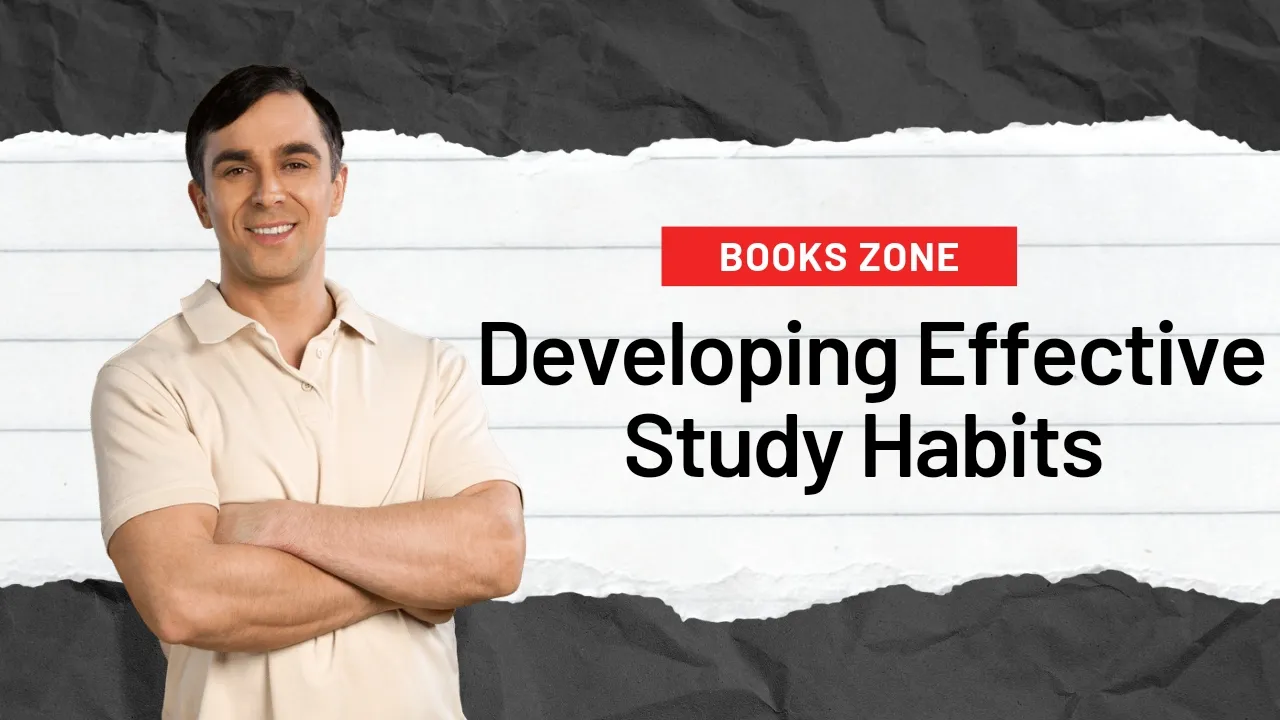Environmental science can seem intimidating, but with the right project, it becomes totally fascinating. Here are some rocking environmental science project ideas high school students can actually get excited about.
Crafting Your Eco Project
Science fair projects ain’t just about dazzling data – the process matters too. Here are some tips to ensure your green project makes a positive impact:
- Brainstorm ideas that get you fired up about improving our environment in your community. Your passion will drive the project way more than any assignment.
- If sampling the great outdoors, be sure to minimize your footprint out there. Leave no trace and treat nature with respect.
- Run eco experiments super responsibly. No dumping weird stuff down the drain or releasing organisms into the wild. Safety first.
- Make conservation part of your project ethos. Reuse and recycle materials whenever possible. Get creative with upcycling.
- Collaborate with friends, parents, local businesses. Saving the planet is way more fun (and effective) as a team effort.
- Consider how your project could keep making a difference even after the science fair ends. Maybe there’s an environmental application worth growing.
Get Crafty with Recyclables
Turn trash into treasure by testing ways to upcycle everyday materials. See if you can convert snack bags into usable plastic lumber. Repurpose cardboard and newspapers into cool biodegradable plant pots.
Make Your Own Biofuels
Extract oils from plants in your backyard to produce homemade biofuels like biodiesel. Test which plants and extraction methods generate the most usable fuel. Then try powering a small engine with what you made.
Cleaning with Enzymes
Isolate enzymes from fruits and fungi. Use them as sustainable cleaning solutions to break down stains, inhibit mold, and kill pathogens. Test which work best on different household messes.
Solar Power Solutions
What setup best harnesses solar energy? Compare the efficiency of different panel types, angles, and positions. Build your own mini solar oven or phone charger. Calculate savings over conventional power.
Biodegrade Those Plastics
Tweak the plastic recipe to make them decompose quicker. Test adding starch, lignin, or cellulose to plastics. Bury samples and monitor conditions as they biodegrade. Identify the best mix.
The possibilities for hands-on environmental projects are endless. Get your classmates involved too. Saving the planet becomes way more fun as a team.
Model Sustainable Cities
Design a future eco-friendly city with solutions for waste, water, energy, and transit. Use 3D modelling or build a physical prototype from recycled materials. Compare your design to existing ones.
Make Organic Pesticides
Whip up DIY organic pesticides using plants like garlic, onions, mint, baking soda, etc. Test efficacy on insects and gardens. Tweak recipes for optimal organic impact.
Natural Disaster Solutions
Develop models for tornado-resistant homes, flood management systems, and fire-retardant materials. Test prototypes and compare to conventional approaches.
Regenerate Coral Reefs
Research methods for regrowing coral populations. Try cultivating coral polyps in a small underwater nursery. Monitor growth rates under different conditions.
Purify Water DIY Style
Access to clean drinking water is an enormous environmental challenge worldwide. High schoolers can explore small-scale solutions by designing their own water purification systems.
Design your own mini water purification system using cheap, readily available materials.
For example, a filtration device can be built by stacking different sizes of gravel, sand and charcoal in the bottom of a soda bottle. A solar still could be made from a bowl or tub, clear plastic wrap, rocks and a weight.
Solar Power Solutions
Solar energy could help address fossil fuel reliance. But what factors influence solar power output? Build models to test how panel type, angle and location affect efficiency.
Obtain small solar panels, motors and LED lights. Create experimental setups to test variables like flexible vs rigid panels, latitude angle, and indoor vs outdoor location.
Hook up panels to motor load to measure electrical output. Monitor lighting brightness and rotation speed. Calculate power generated and make recommendations for optimal home setup. Extend your experiment to model grid integration and payback period.
Grow Greens Anywhere
Innovative urban farming techniques like hydroponics and aquaponics allow produce to be grown in small spaces with limited resources. Design your own prototype for a compact farming system.
Build your own small prototype using affordable materials like plastic bins, PVC piping, and LED grow bulbs. Test variables like plant spacing, nutrient levels and lighting. Monitor factors like water usage, growth rate, and yield.
Key Points
If one thing’s clear, it’s that environmental science offers limitless possibilities for hands-on learning and planet-helping innovation:
- Tap into your own curiosity to drive projects on issues you care about and want to tackle.
- There are so many rad ways to upcycle, nurture ecosystems, green our energy sources and conserve resources.
- Making mini prototypes and models enables you to try big, bold sustainable solutions on a budget.
- Sharing your successes (and setbacks) with peers helps everyone get smarter about building a brighter eco-future.
- Whether you try to get a career in environmental science or not, these projects build valuable skills for life. And you just might spark real change.
Pretty sweet deal learning how to make a concrete difference while also prepping for college apps.
Conclusion
Environmental science projects have huge potential to be fun and hands-on. From designing sustainable cities to developing biodegradable plastics to testing solar solutions, projects can apply green principles while letting high schoolers explore topics they’re passionate about.
Frequently Asked Questions Related to Science Project
Q: Where do I get ideas for environmental science projects?
A: Brainstorm issues right in your community that need sustainable solutions. Look at DIY projects online, environmental competitions, or ask your teacher for suggestions. The best topics match your interests.
Q: How can I afford supplies for big projects on a student budget?
A: Scope it as a prototype rather than a full-scale model. Use free recycled materials as much as possible. Crowdsource extra materials from community or parent networks.
Q: How can environmental projects prepare me for college and careers?
A: They build research, critical thinking, STEM, and problem-solving skills. Projects also look great in STEM college and scholarship applications. The experience can open doors to environmental internships and “green” careers.














Leave a Comment